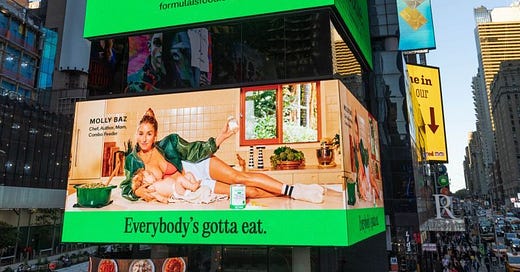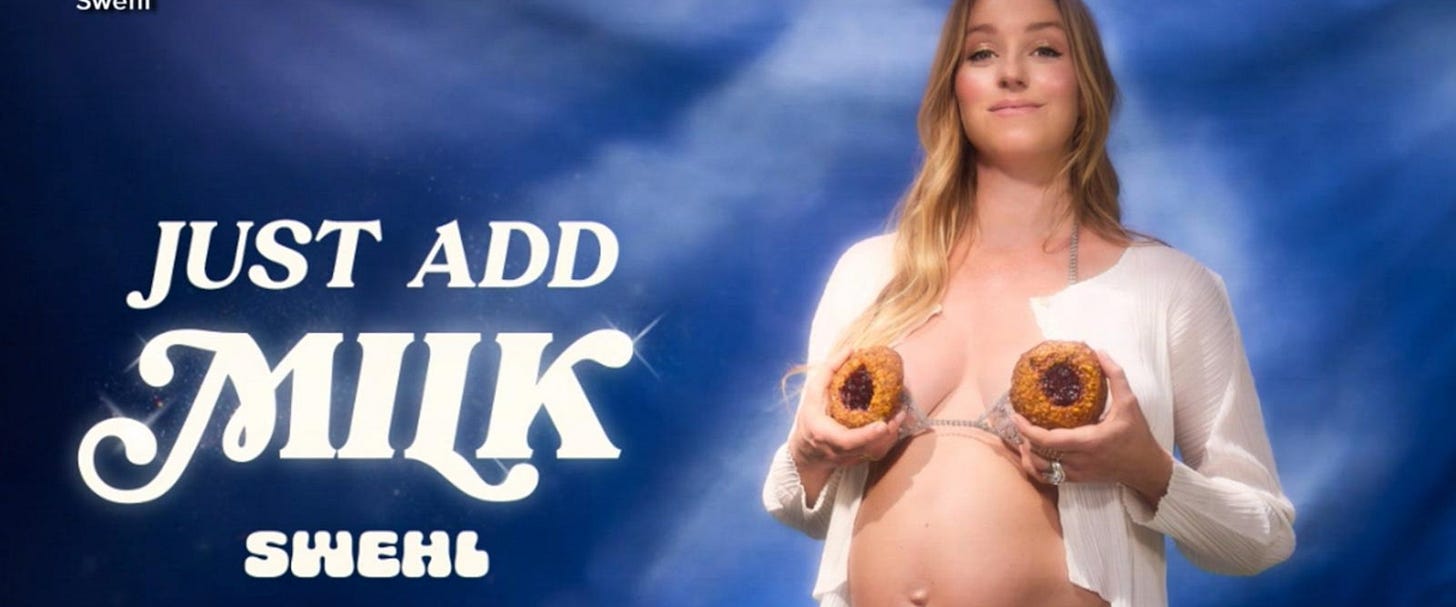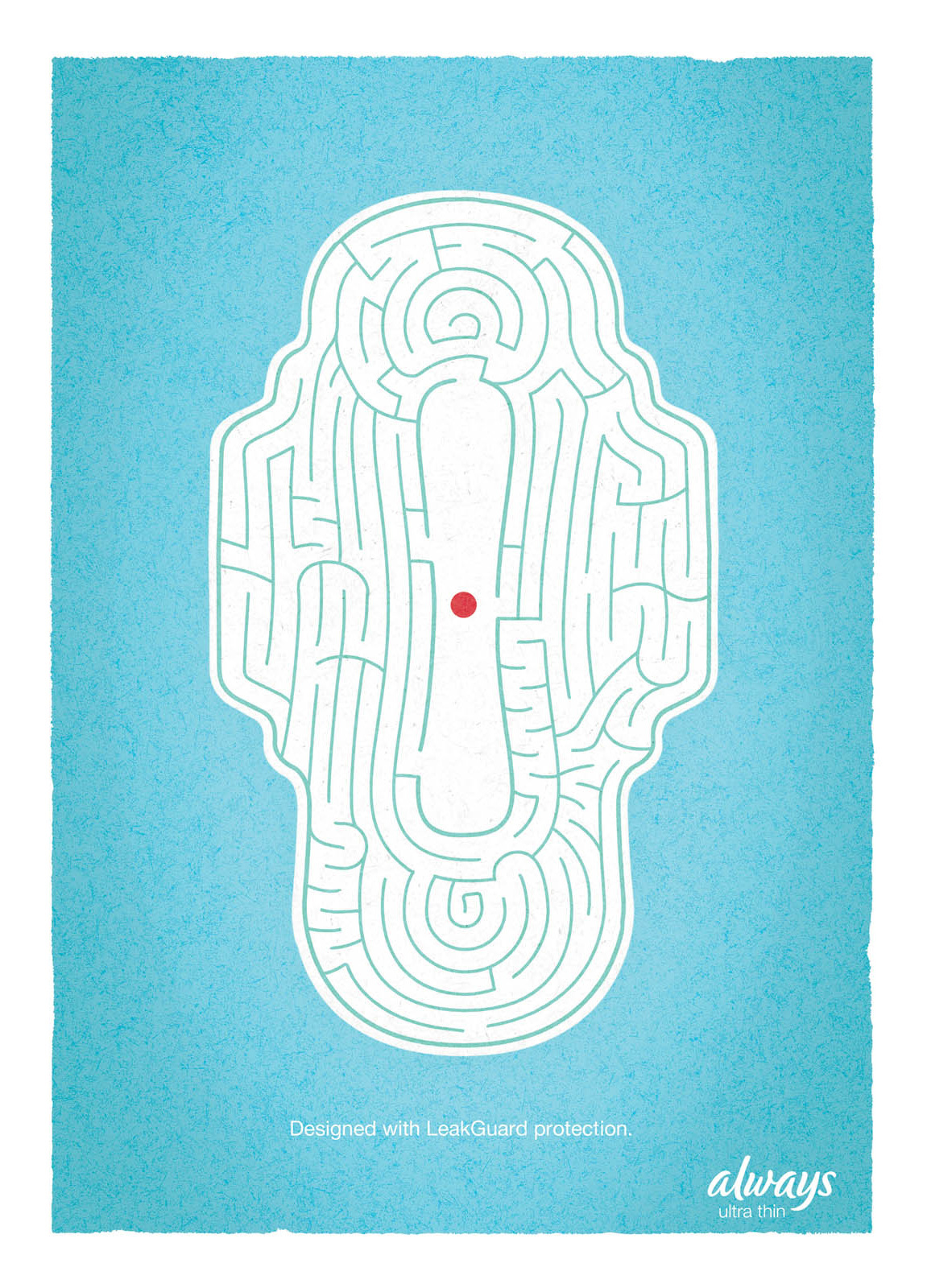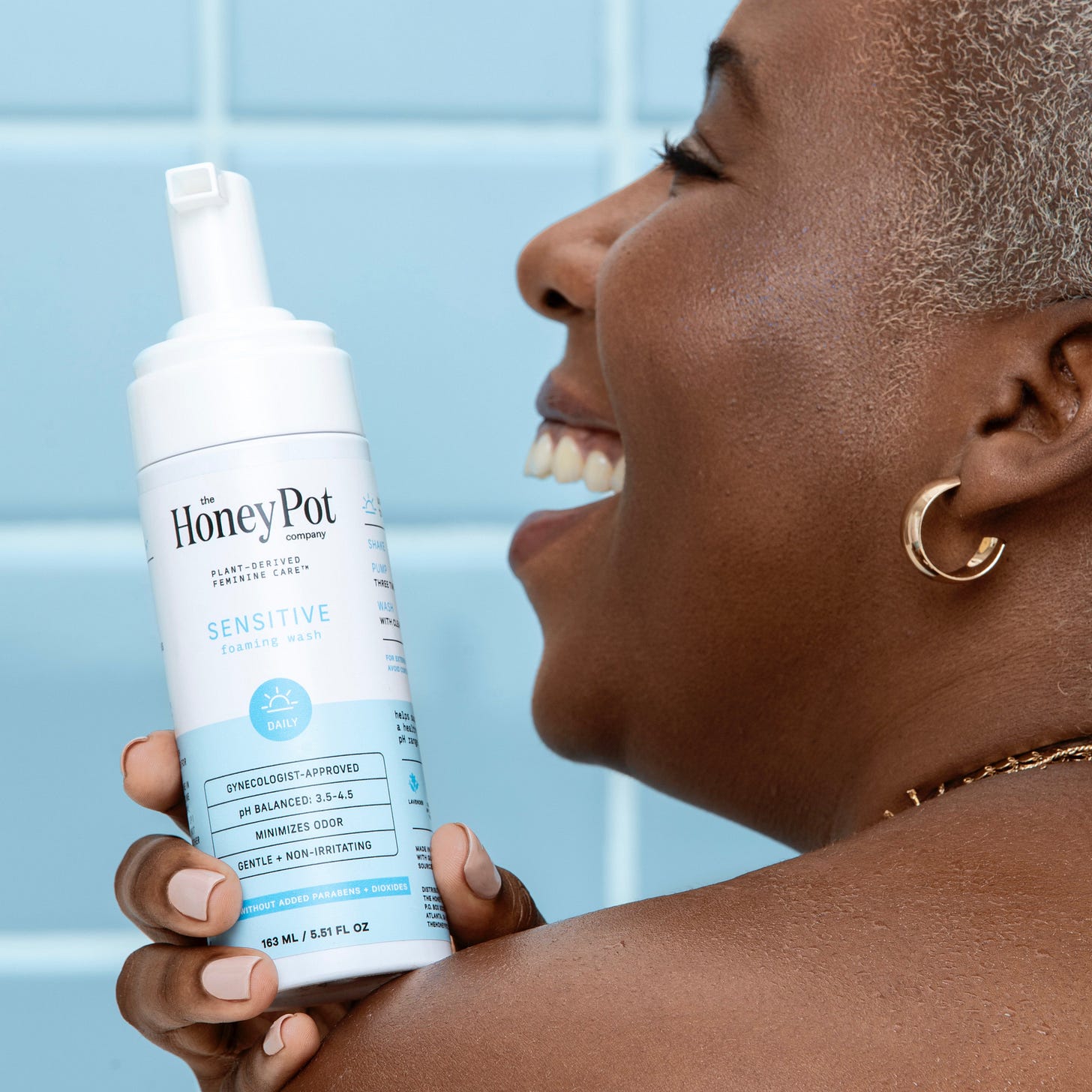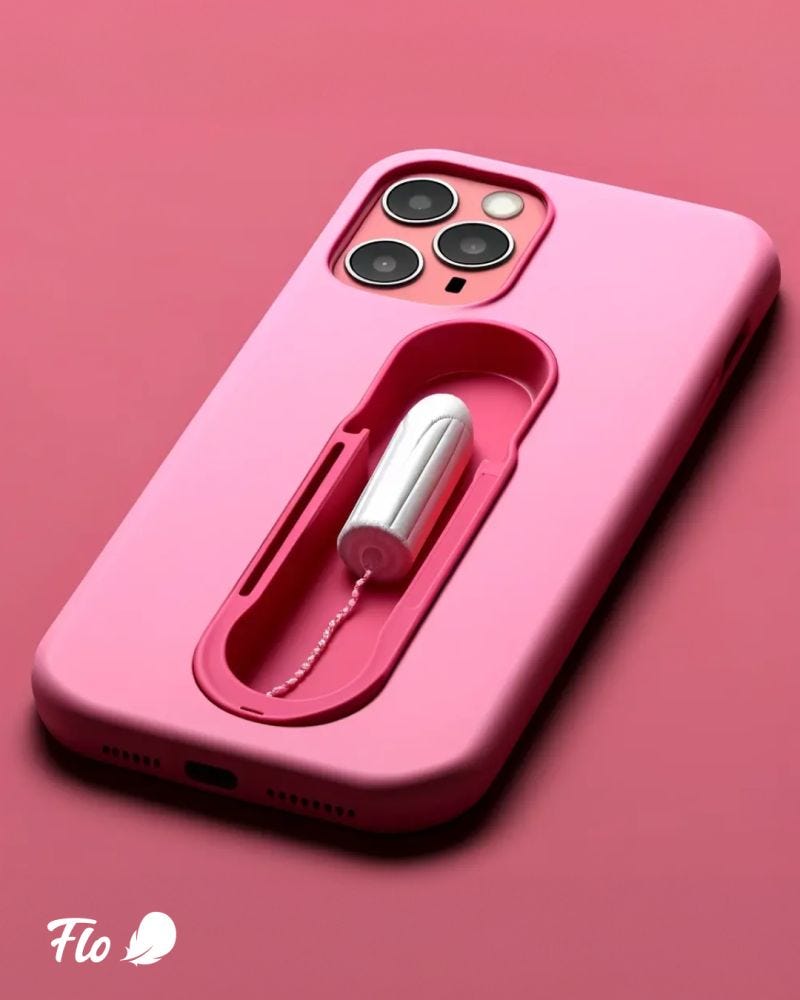In a country where women the gender pay gap persists, reproductive rights are consistently contested, and paid parental leave is not guaranteed, it’s no surprise that marketing around women’s health has been highly censored for a long time.
Earlier this year, this Times Square ad [above] was taken down because of its “indecency,” though it didn’t take long for other brands (and the media) to stand up for the ad and have it very quickly restored…
Now, just five months later, the model above — Molly Baz, founder of Swehl — is back on a Times Square billboard. Only this time, she’s breastfeeding her child (who I must point out is not a newborn!).
While I don’t quite love the white, blonde, thin, pretty-girl aesthetic that Molly brings (which is unattainable and unrelatable for many), I love this ad. As a Bobbie fan and a breastfeeding mother to a 13-month-old, I appreciate how they present breastfeeding as a natural and normal process (which it is) and how they proudly celebrate combo feeding, which is a reality for many, many parents.
The “breast is best” narrative has evolve — and largely been replaced by “fed is best”, but it’s still seen as taboo to breastfeed in public and on social media, hence why the photoshoots with breast-feeding Olivia Wilde (2014) and pump-wearing Rachel McAdams (2018) stirred controversy.
Consumers and brands alike have been pushing for more authentic representations of women’s health. Take the trailblazing brand Billie, which just six years ago broke barriers by showing body hair in their ads. Since then, they’ve featured everything from facial hair to pubic hair — a sharp contrast to the glossy, hairless portrayals that big brands often push.
For decades, branding around women’s health has been shaped by a male lens, painting women in white, pink, or glittery clothing, dancing and smiling as if health products were magical solutions to “outsmart mother nature.” It’s a tired fantasy that’s finally being challenged by brands unafraid to show the raw, real experiences women face.
The history of marketing around women’s health is so embarrassingly bad that Always received praise in 2011 for being the first company to include blood in an ad centered around menstruation, even though they didn’t actually show blood, nor did they use the word “period” or “menstruation.”
But, at the time it was groundbreaking.
Thankfully, this is changing. I think, in part, because women are fed up with the outdated marketing. But also, more female founders have joined the space. More brands are rising up (and pushing back, even in the face of censorship), thanks to social media and influencer marketing. And more and more attention is being paid to women’s health issues.
Customers are also looking to engage with more authentic, trustworthy brands, with 86% citing authenticity as the number one factor in brand support [hence the outrage from Honey Pot consumers when the founder sold the company and very quickly changed its formula].
So many brands are changing the narrative — and recognizing the real challenges facing women. The pregnancy, postpartum, and parenting brand Frida, for example, recently released Frida Uncensored, which is a gated website featuring instructional videos for pregnant and postpartum women using their products (like the peri bottle).
Another brand worth addressing female health in a more authentic way is period-tracking app Flo Health. They have continued to go against the grain, knowing their ads might (and have been) restricted or removed.
Campaigns like the Times Square ad are costly and risky, with backlash posing financial threats, yet brands are standing firm and aligning values with actions. Progress may be slow, but I do believe a major, important shift is happening.
Brands are bringing more diverse voices and faces to marketing campaigns, albeit slowly. They’re starting to show real, unfiltered experiences. And many are ditching the euphemisms and speaking more openly about basic women’s health issues — like periods, postpartum care, menopause, breastfeeding.
While many haters have called the recent Burger King ads “disgusting,” I have to admit, it made me so happy to see an ad featuring postpartum women, half-naked and eating, because that’s the reality following a 12-, 14-, 24-hour labor in which many women are consuming very little (if any) calories during that time.
This type of honest storytelling is refreshing, to be honest — and we need more of it.
We also need stronger legal protections to push back against restrictions targeting women’s bodies. Brands and consumers have power here — through social media, advocacy, and supporting policies that defend women’s health rights.
Progress happens when we demand authenticity, transparency, and respect — and, of course, when brands start taking risks, even in the face of backlash.
Now tell me, what do you make of these marketing campaigns?
Mind
More employers’ are recognizing the importance of investing women’s health benefits, with 75% of benefits decision makers saying they plan to increase access to healthcare services via telehealth.
Body
Certain reproductive changes — early age of first menstruations, abnormal blood sugar levels in pregnancy, the development of PCOS, severity of menopause, etc. — are linked to poor metabolic function later in life.
Hormonal IUDs can increase your risk of breast cancer. Separately, breastfeeding can lower a woman’s risk of pre- and post-menopausal breast cancer.
Beyond
What’s at stake for women’s health this election? Critical issues include access to contraception, emergency abortion care, maternal health care, and more.
It’s World Menopause Day — an important day to celebrate women (all of whom with uteruses experience menopause), share our own personal experiences, and recognize the many challenges that come with this condition.
Did you enjoy what you read? Consider subscribing or sharing with a friend.


